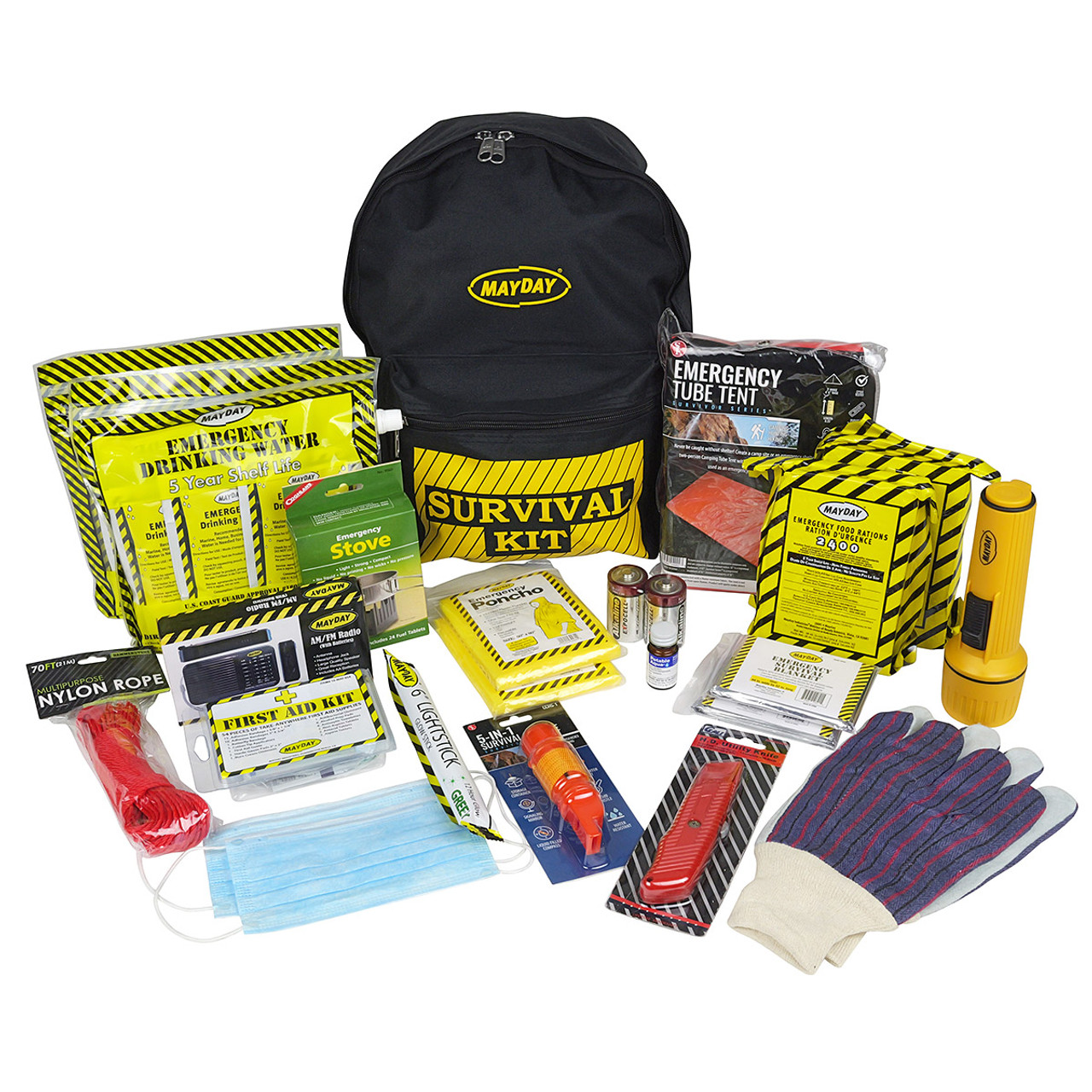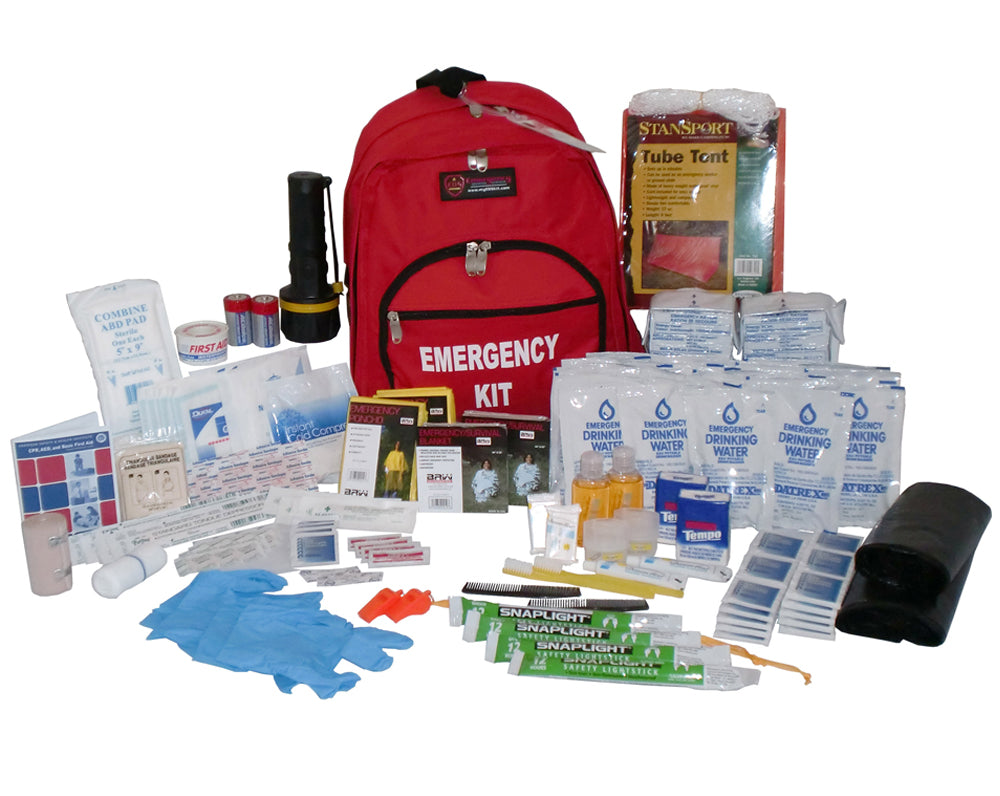Strategy, Prepare, Prevail: Emergency Preparedness for Today's Obstacles
Strategy, Prepare, Prevail: Emergency Preparedness for Today's Obstacles
Blog Article
Grasping the Art of Emergency Situation Preparedness: Specialist Tips
Whether it be an all-natural calamity, a medical emergency situation, or an unexpected dilemma, being prepared can make a considerable difference in the outcome. Understanding the art of emergency preparedness needs a combination of understanding, planning, and strategic thinking.
Significance of Emergency Readiness
Emergency preparedness is an essential facet of making sure the safety and well-being of people and neighborhoods when faced with unanticipated disasters and emergencies. EMERGENCY PREPAREDNESS. Being prepared can dramatically mitigate the impact of all-natural calamities, mishaps, or various other crises that may occur. By having a well-balanced emergency strategy in area, individuals and communities can react successfully, potentially saving lives and decreasing damage
One vital reason emergency situation readiness is essential is that it aids in decreasing panic and complication during a crisis. When individuals are conscious of what to do and have exercised emergency situation treatments ahead of time, they are extra likely to remain tranquil and make logical choices in stressful circumstances. This can lead to an extra orderly and effective response, assisting in the defense of lives and property.
Moreover, emergency situation readiness fosters durability within areas. By investing time and resources into preparedness actions such as training, drills, and infrastructure enhancements, communities can recover a lot more promptly after a catastrophe. This durability is important for long-lasting healing and sustainability, making certain that neighborhoods can withstand future emergencies.

Building a Comprehensive Emergency Plan
In light of the important duty emergency preparedness plays in minimizing the influence of disasters and fostering area strength, the structure for efficient response exists in developing a detailed emergency plan. EMERGENCY PREPAREDNESS. A comprehensive emergency situation strategy acts as a roadmap for companies and areas to efficiently coordinate sources, reply to dilemmas, and ensure the safety and health of individuals during emergencies
Key components of a comprehensive emergency situation plan consist of threat evaluation, identification of prospective risks, establishment of communication methods, classification of functions and responsibilities, and routine training and drills. By conducting complete risk evaluations, organizations can recognize vulnerabilities and focus on locations for mitigation. Establishing clear communication protocols guarantees that information is shared effectively throughout emergency situations, promoting prompt decision-making. Designating functions and responsibilities clarifies the chain of command and advertises a worked with feedback effort. Routine training and drills help familiarize individuals with emergency procedures, making sure a swift and efficient feedback when a dilemma occurs. Eventually, a thorough emergency strategy contributes in enhancing preparedness, feedback capabilities, and overall resilience despite disasters.
Vital Products and Resources
When planning for prospective disasters, guaranteeing access to important supplies and resources is paramount for reliable emergency situation feedback and strength. Stockpiling on non-perishable food products such as canned products, healthy protein bars, and completely dry goods is crucial to sustain people and family members throughout times of situation when access to fresh food might be limited (great post to read). In addition, preserving an adequate water, with at the very least one gallon per person per day for a minimum of three days, is essential for hydration and sanitation requirements
Fundamental medical supplies including plasters, bactericides, medications, and a very first aid package are vital for resolving injuries and diseases that might happen throughout emergencies. Flashlights with added batteries, a multi-tool, and blankets need to also be included in emergency supply packages to provide light, aid in navigating, and ensure warmth and comfort.

Communication Approaches During Emergency Situations
Reliable interaction methods play an important duty in making certain prompt and accurate dissemination of details during emergencies. Clear and succinct interaction is vital for coordinating action initiatives, giving instructions to the general public, and maintaining everyone educated regarding the progressing scenario. One essential approach is to develop numerous interaction networks to reach a broad target market. This might consist of using message alerts, social networks updates, public announcements, and standard media electrical outlets.
During emergencies, it is essential to mark a spokesperson or a main interaction group to make certain uniformity in messaging and stay clear of this article complication. This marked person or group ought to be trained in situation communication and efficient in providing details in a calm and reassuring way. Furthermore, developing a system for two-way interaction can help collect real-time feedback from the affected individuals and resolve their demands better.
Additionally, using technology such as emergency notice systems and interaction apps can streamline the circulation of essential information and assist in rapid reaction efforts. By applying these communication communities, strategies and organizations can boost their emergency readiness and response capacities, ultimately conserving lives and lessening the effect of disasters.
Training and Practice for Preparedness
An important aspect in making sure readiness for emergency situations is the implementation of normal training and practice sessions to enhance feedback capabilities and readiness - More Bonuses. Via regular training, emergency situation -responders can familiarize themselves with protocols, equipment procedure, and decision-making processes, eventually improving their effectiveness throughout dilemmas
Training sessions should simulate sensible emergency situation scenarios to offer responders with hands-on experience in a controlled atmosphere. These simulations permit individuals to practice their functions, test interaction systems, and recognize areas for improvement without the stress of an actual emergency.
Normal drills and exercises additionally help groups construct communication and sychronisation, guaranteeing that every person comprehends their responsibilities and can interact effortlessly when faced with a situation. Additionally, debriefing sessions adhering to training exercises enable for useful feedback and the possibility to learn from any type of blunders made.
Final Thought
To conclude, grasping the art of emergency readiness calls for a thorough plan, necessary materials, efficient communication strategies, and normal training. By prioritizing readiness and taking proactive steps, individuals and communities can much better react to emergencies and minimize potential threats - EMERGENCY PREPAREDNESS. It is crucial to stay notified, stay ready, and constantly enhance emergency response methods to make certain the security and well-being of all individuals involved

In conclusion, understanding the art of emergency situation preparedness needs a thorough plan, necessary materials, effective interaction methods, and routine training.
Report this page